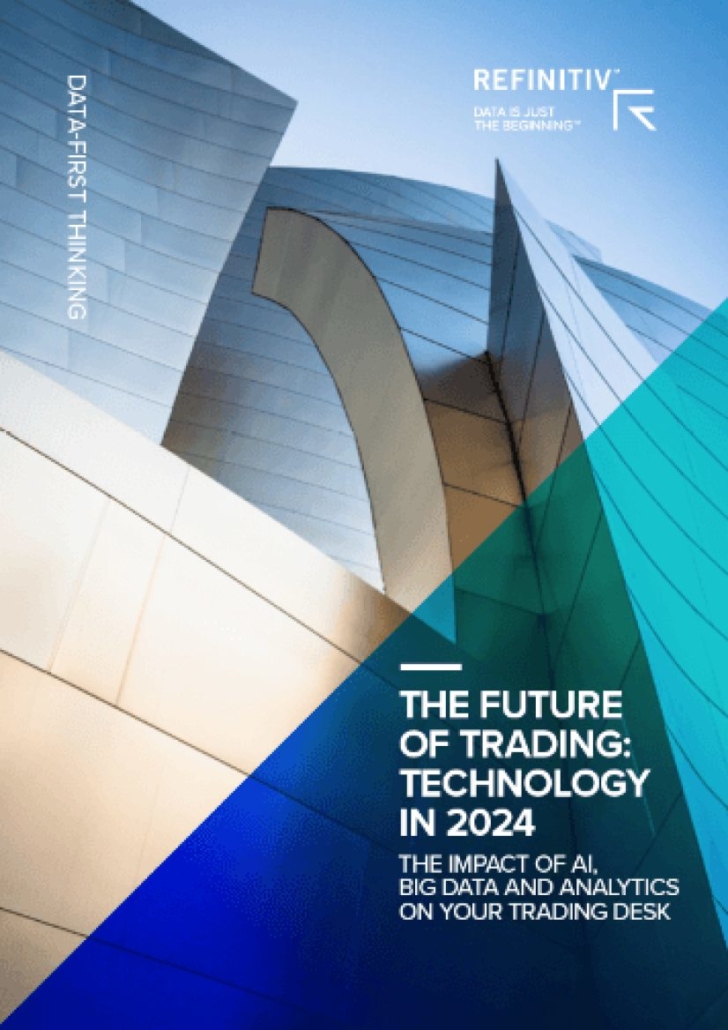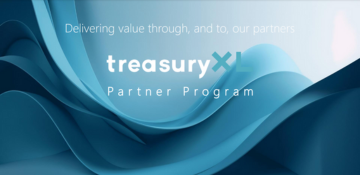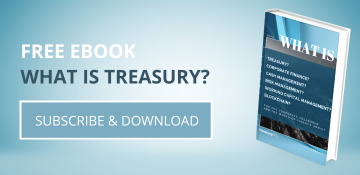| 10-11-2020 | TIS |
Globally operating biotech company consolidates its banking landscape and creates more transparency and security in finance and international payments with TIS (Treasury Intelligence Solutions).
Walldorf, November 10, 2020. Miltenyi Biotec, headquartered in Bergisch Gladbach, Germany, has selected the TIS payments platform to manage all its bank accounts, bank statements, payments and conduct detailed financial analyses. The decision for TIS was made after thorough market observation. Its usability, high security standards, and effective SAP integration clearly stood out.
Miltenyi Biotec has grown steadily in recent years, especially in international markets. The company was founded in 1989 in Bergisch Gladbach, Germany, and specializes in products and processes for cellular research and cell therapy applications. Today, it has more than 3,000 employees worldwide, with 700 employees in research and clinical development. Miltenyi Biotec distributes its products through direct sales in 28 countries. The company’s ongoing growth, increasing number of affiliates, banking partners and accounts led to a need to standardize the company’s finance processes and to make them more efficient.
Besides accounts and payments consolidation, the company also wanted to make its payment processes more professional. In Germany, payment processes were structured with the Treasury Management System. Internationally, however, subsidiaries and affiliates used SAP and other ERP systems for payments and connected to banks via different online banking tools.
Daniel Pier, Group Leader Treasury at Miltenyi Biotec: “For our renewed banking landscape we looked for a centralized payments platform to make international payments more transparent and secure. With TIS, we can automate and standardize payments and monitor the processes from group treasury whenever necessary. For us, the core value of this solution is to enable us to follow closely the company-wide liquidity status at the push of a button.”
Jörg Wiemer, co-founder and Chief Strategy Officer at TIS: “For fast growing companies, it is especially important to manage resources efficiently and meanwhile also ensure security and transparency in corporate payments and liquidity management. With its effective SAP integration and extensive bank connectivity, TIS offers powerful benefits to its customers. We are happy to welcome Miltenyi Biotec, a leading innovator in biomedical research and cellular therapy, to the TIS community.”
About TIS
TIS (Treasury Intelligence Solutions GmbH), founded in Walldorf, Germany in 2010, is a global leader in managing corporate payments. The Financial Times named TIS as one of “Europe’s Fastest Growing Companies” for 2019 and 2020. Offered as Software-as-a-Service (SaaS), the TIS solution is a comprehensive, highly-scalable, cloud platform for company-wide payments and cash management. The TIS solution has been successfully used for many years in both large and medium-sized companies, including Adecco Group, Hugo Boss, Fresenius, Fugro, Lanxess, OSRAM and QIAGEN. More than 25% of DAX companies are already TIS customers.
Your world of Payments. ONE Login.
https://www.tis.biz
Press contact
Treasury Intelligence Solutions GmbH
Liang Fang
Altrottstrasse 31
69190 Walldorf
Germany
If you want to know more about TIS, visit www.tis.biz
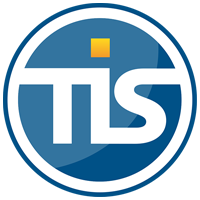











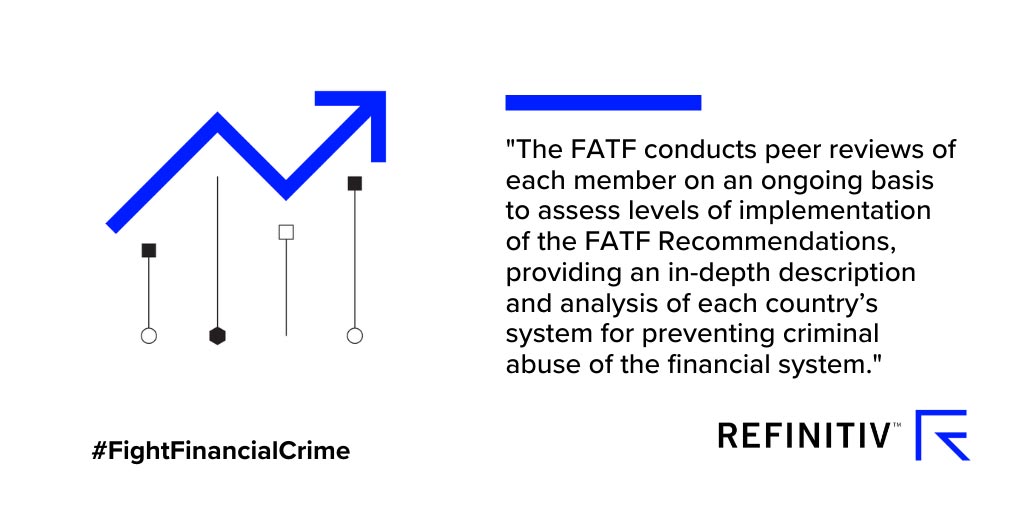
 Identify the skills you possess and/or need to develop to build deeper mutually beneficial relationships within and across departmental lines.
Identify the skills you possess and/or need to develop to build deeper mutually beneficial relationships within and across departmental lines.

